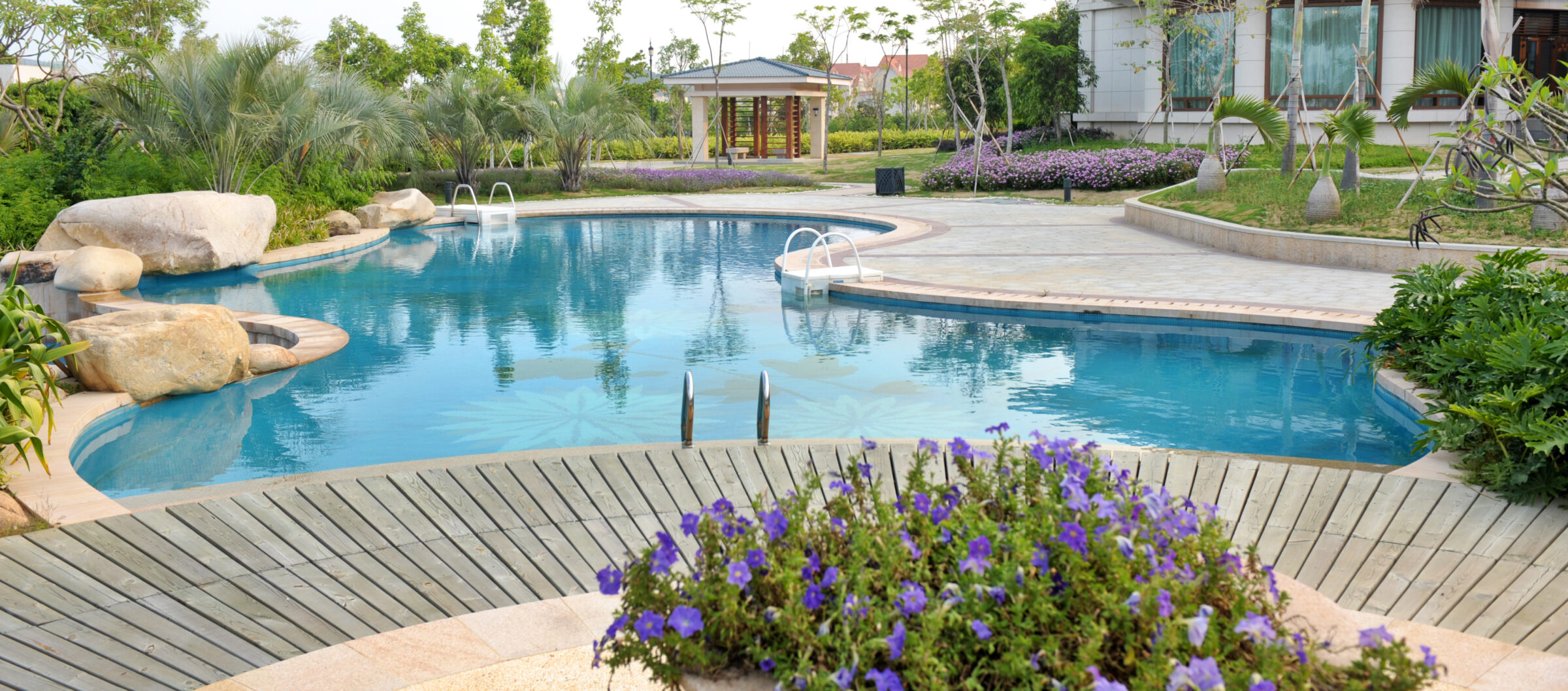Concrete Pool Shell Construction: A Guide for Home Pool
April 10, 2024

The thought of a pool shimmering in the backyard almost immediately draws a smile from most. When constructed of concrete, pools typically create two versions of value: memories and monetary. They’re not just recreational spots for the family to enjoy, but they hold the potential for long-term investment. They’re known for strength and endurance, outlasting other pool types like fiberglass or vinyl.
Pool shells can be tailored to match any personal requirements. A concrete pool can even bump a home’s resale value, appealing to potential buyers. If a concrete pool shell project is on the bucket list, it’s important to understand every step. The aim is for every enthusiast to achieve that dream, guided by know-how, and confidently tackle that concrete pool shell project.
Pre-Construction Phase
Designing and planning a concrete pool shell requires careful thought. Consideration must be given to the space, budget, and intended use. The focus should be on making the best use of every available area, balancing beauty, and practicality.
Before starting to build the pool shell, start with understanding and following local building codes, while also getting the required permits. This step may seem lengthy, but it’s crucial to ensure the construction complies with safety standards and regulations. Nobody wants to invest time and resources into a project that needs redoing due to safety or legal issues.
Lastly, keep the environment in mind. A build may require impact evaluations, especially in regions with distinct geographic or ecological features. This will help maintain sustainability and avoid unforeseen issues during construction.
Construction Phase
Creating a beautiful concrete pool starts with excavation. It starts with marking out the pool’s design on the ground. Digging can be challenging, as it requires accurately following a detailed plan. It’s important to consider the possibility of encountering unexpected objects underground, like fallen trees or big rocks. Uncovering these early can help avoid delays. With the scale of digging that needs to be done, scheduling a qualified excavation company will likely be needed.
The next step involves setting up formwork and steel reinforcements. Formwork shapes the structure according to the pool’s design and holds the concrete in place during the pouring process. Steel reinforcements are strategically placed and secured for additional strength, preventing any structural failures. This web of steel bars – known as rebar – is critical in ensuring that the pool shell can withstand both weather variations and constant use over time.
At the same time, the strong structure of steel is paired with the setup of the plumbing system. This complex network of pipes guarantees effective filtration and draining. Along with this, electrical lines are integrated for lights and other pool equipment. This complex installation improves both the usefulness and appearance of the pool. Much like excavation, a licensed plumber and electrician will need to lead the charge here.
Once preparations are completed, it’s time to apply the concrete. The choice between shotcrete or gunite comes into play, as both provide a robust shell—shotcrete uses a wet-mix method, and gunite employs a dry-mix process. The decision depends on specific project requirements. A silky finish and solid structure are the goal at this point. Utilizing the appropriate mix and expert installation guarantees these goals are met.
After pouring the concrete, a waiting game begins for the curing process. This step helps develop the strength of the pool shell. Ideally, curing should take about 28 days to ensure the shell hardens properly. By carefully managing moisture levels and temperature, the pool shell’s strength and lifespan can be significantly improved.
Post-Construction Phase
When the concrete structure has set and cured, protective layers are added. These strengthen the structure and increase its lifespan. An important part of this stage is waterproofing. This step helps to prevent leaks and ward off damage caused by moisture. It is a crucial step because it extends the pool’s lifespan, safeguarding the concrete and steel beneath from water damage.
Once the pool is waterproofed, it’s time to consider the inner design. Choices include plaster, tiles, or pebble finishes. Each one gives a different visual appeal. Plaster is often picked for its low cost and simplicity. Tiles, available in various colors and designs, offer a premium appearance. Pebble finishes, though, bring a durable and natural beauty to the pool.
Next, consider the pool’s landscaping and surrounding design. Pay attention to safety features like non-slip surfaces and handrails without ignoring their visual design. The pool deck material can really influence the pool area’s overall appearance. Also, choose plants that not only suit the pool area but can thrive in that environment.
Maintenance and Upkeep
Concrete pools last longer when properly maintained. Regular care involves removing leaves and other debris, ensuring chemical levels are balanced, cleaning the filter, and scrubbing the walls and floor. Brushing is especially important for concrete pools to avoid algae growth due to their porous nature.
Concrete pools also need an acid wash every three to five years. This process clears off stains and eliminates bacteria or algae. It involves emptying the pool, applying a mild acid mix, and then thoroughly rinsing and refilling the pool. This helps maintain the pool’s overall appearance and functionality.
There’s also seasonal care needed throughout the year. During high-use summer months, it’s important to consistently test and adjust the pool’s chemical levels. Also, the hair and lint pot in the pool’s pump should be cleaned regularly, ideally every few weeks or relative to the frequency of pool use. When it’s cold, serious upkeep like draining, cleaning, and preparing the pool for winter must happen. Though a concrete pool needs maintenance, its durability and design options make it a great long-term choice.

